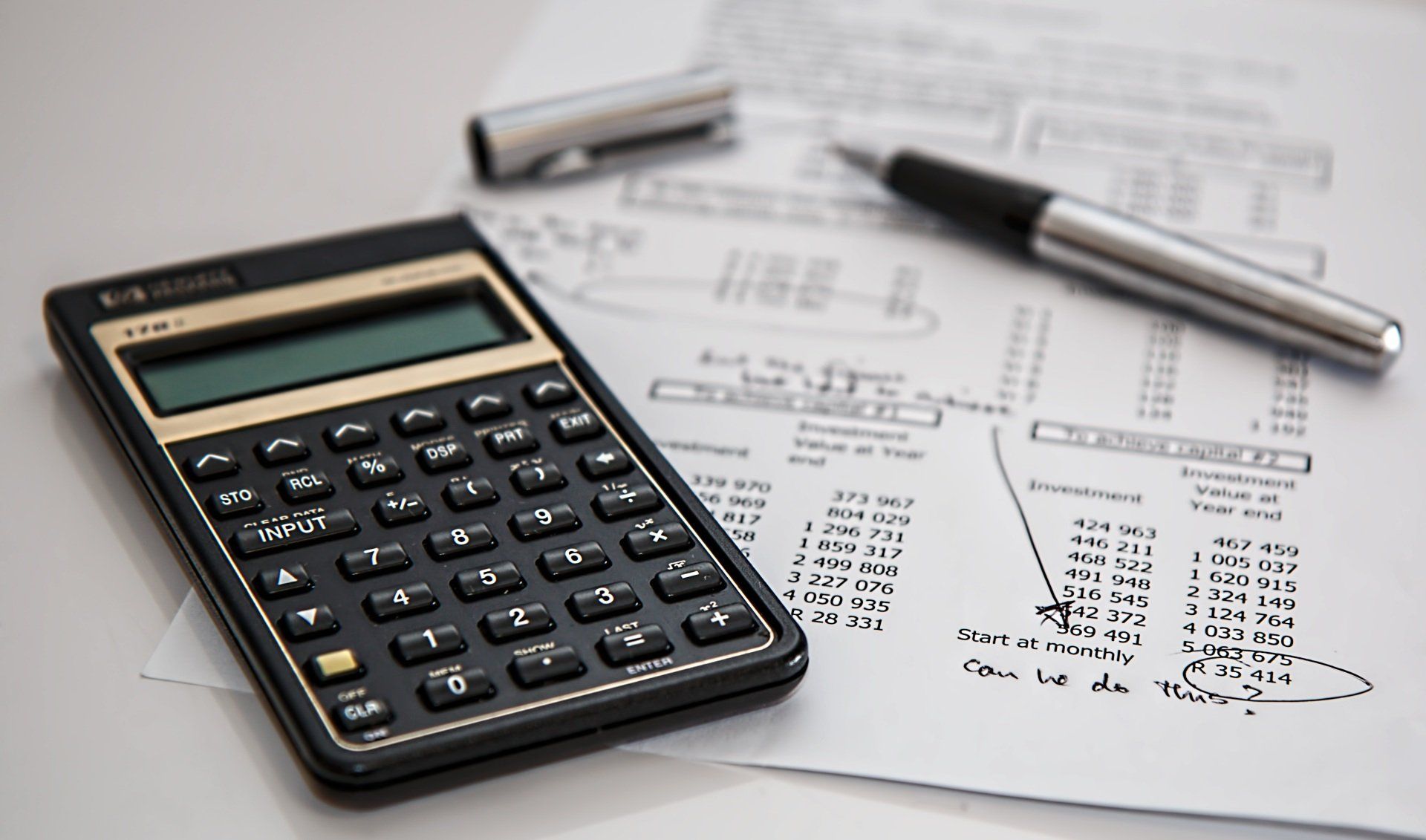Is now the time to reshape our energy economy?
Our economy is radically shifting and with it the demand for energy. It will likely come as a surprise to no one that overall energy demand is falling as restaurants and shops shutter, factories close, and airlines ground a majority of their flights. But what this shift represents is a major opportunity for policymakers, stakeholders, and advocates to examine the energy landscape, and perhaps, change it for the better.
Electricity needs are experiencing an overall decline. In major cities particularly impacted by the crisis, like New York City, there was a decline of 7-8% between the beginning of March and the beginning of April. Residences are consuming an average of 20% more electricity, but this increase in usage has not offset the ordinary demand from office buildings, restaurants, stores, and factories.
Based on a study conducted in Austin, residences’ profile of electricity usage is also shifting. There are no longer morning and evening spikes, and consumption remains fairly constant throughout the workday. This has the impact of flattening the “duck curve,” which has been a major argument against the implementation of distributed solar. Opponents of expansive rooftop solar often contend that the sun shines the least when the demand for electricity is highest (in the mornings and evenings). However, with more people working from home, this paradigm is also changing.
Oil and gas have also become very unstable industries. Oil prices have plunged over 20%. Demand for fuel for cars, planes, and trucks was down 30% in mid-March. The United States is running out of places to store crude oil and has been pressuring foreign exporters to keep their supply. Oil and gas executives have pled with the White House for an industry-wide bailout.
There is, of course, the question of whether this demand destruction is temporary, or will persist. As economies open up, it is likely that something close to normal energy demand will return to many commercial and service industries. However, as employees adjust to the work-from-home lifestyle, it is possible that employers will see the potential savings of a remote workforce. This would reduce energy consumption from office buildings and daily commutes.
All this uncertainty presents an excellent opportunity to reevaluate. Many policymakers are taking this time to assess apparent gaps in wealth disparities and healthcare. Stakeholders in the energy industry should do the same. On April 24th, there was a G20 meeting held to discuss recovery packages with a special focus on energy efficiency and renewable energy. Furthermore, the US Department of Energy recently announced a $20 million expenditure with the goal of exploring commercial adaptations of offshore wind energy.
In recent years, the United States has prided itself not only on its energy independence, but energy dominance. This has largely been a result of oil and gas exports. In order to maintain this position, the White House is considering substantial loans to an industry that already enjoys $400 billion in subsidies. Instead of doubling down on unstable energy sources, the US should shift its focus to renewables. Our economy is in freefall and the government will have a heavy hand in rebuilding it. Why not take this opportunity to invest in renewable energy projects that will bring jobs, security, and sustainability to uncertain times?





